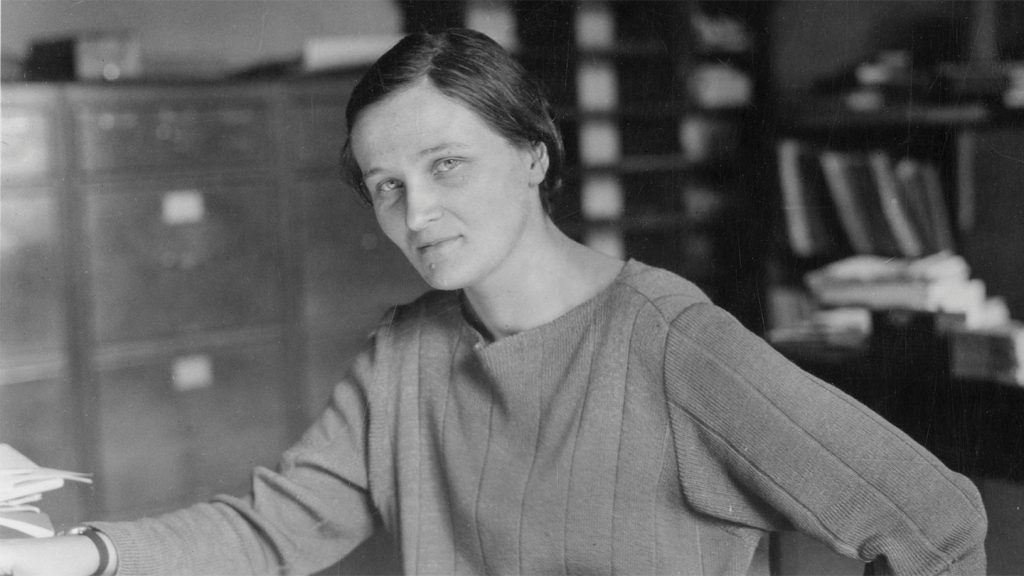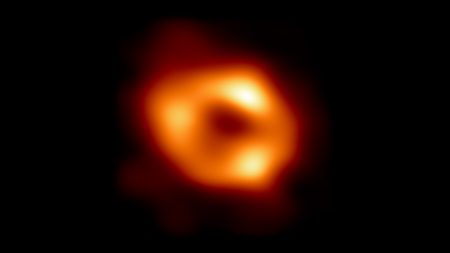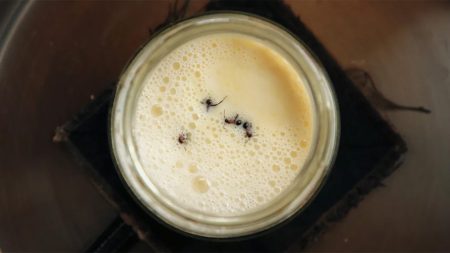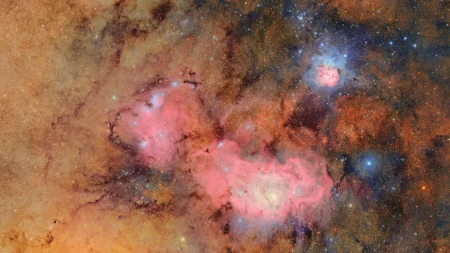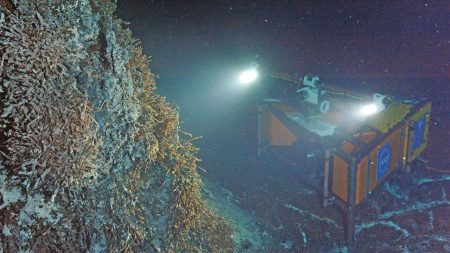Discovering the Essence of Stars: Cecilia Payne-Gaposchkin’s Revolutionary Journey
Astronomy, humanity’s oldest science, has transformed from stone circles tracking solstices to sophisticated stellar analysis. Throughout this evolution, one woman would forever change our understanding of the cosmos. When 25-year-old Cecilia Payne-Gaposchkin discovered in 1925 that stars are primarily composed of hydrogen and helium with only traces of heavier elements, she challenged the entire astronomical establishment. At a time when scientists believed stars were essentially “hot Earths” made of the same heavy elements as our planet, this young female astronomer asked her senior colleagues to completely rewrite their understanding of the universe.
Born in England in 1900, Payne-Gaposchkin entered a world brimming with scientific revolution. Max Planck had just glimpsed the quantum realm, Mendel’s genetics was gaining recognition, child mortality was declining dramatically, and scientists had finally accepted the atomic theory of matter. For a curious mind like Payne-Gaposchkin’s, it was an exhilarating era. “At a very early age,” she later wrote in her autobiography, “I made up my mind to do research, and was seized with panic at the thought that everything might be found out before I was old enough to begin!”
Her fears proved unfounded. When she arrived at Cambridge University in 1919, physicists were still unraveling the fundamental behaviors of atoms and their interactions with light. Scientists had known since the early 1800s that sunlight passing through a prism created a spectrum with mysterious dark lines. By mid-century, researchers realized these gaps represented spectral fingerprints of specific elements. These spectral lines emerged from quantum physics—electrons in atoms can only occupy discrete energy levels and absorb specific wavelengths of light when jumping between these levels. Different elements have different electron configurations, creating unique spectral patterns that scientists could read like chemical barcodes.
Cambridge’s Cavendish Laboratory offered Payne-Gaposchkin an unparalleled education in atomic physics, studying under luminaries like J.J. Thomson (who discovered the electron) and Ernest Rutherford (a pioneer in nuclear physics). When Niels Bohr visited to share his quantum model of the hydrogen atom, Payne-Gaposchkin embraced this revolutionary perspective—one that would soon become her pathway to understanding the stars.
Despite her brilliance, as a woman in 1920s England, her professional options were severely limited. Opportunity beckoned across the Atlantic at the Harvard Observatory in Massachusetts, which had a tradition of employing women as “astronomical computers.” With a fellowship supporting female astronomers, Payne-Gaposchkin departed for America in 1923, beginning what would become a lifelong relationship with Harvard. For Franciele Kruczkiewicz, a modern astrochemist who left Brazil to pursue her dreams in Europe, this aspect of Payne-Gaposchkin’s journey resonates deeply: “I related to Cecilia… Having Payne-Gaposchkin as a role model made me feel less alone.”
At Harvard, Payne-Gaposchkin gained access to an immense collection of glass photographic plates capturing stellar spectra. These had been meticulously classified by Annie Jump Cannon into categories that astronomers assumed reflected different stellar compositions. But Payne-Gaposchkin, with her quantum physics training, recognized another possibility. At stellar temperatures, atoms become ionized, losing electrons and producing spectral lines that mimic other elements. This complication had only recently been addressed by Indian astrophysicist Meghnad Saha, who developed a formula relating temperature and pressure to ionization levels.
Applying Saha’s theoretical work to actual stellar observations, Payne-Gaposchkin demonstrated that Cannon’s spectral classes primarily reflected temperature differences rather than compositional ones. Taking this analysis further, she used spectra and temperature data to calculate relative abundances of elements in stars. Her groundbreaking 1925 Ph.D. thesis revealed that hydrogen and helium overwhelmingly dominate stellar composition—the simplest atoms were the fundamental building blocks of the universe.
Despite initial opposition to her findings and the credit later given to Henry Norris Russell for independently reaching similar conclusions, Payne-Gaposchkin’s work has gradually received its deserved recognition. Today, astronomers acknowledge her contributions as foundational to modern astrophysics. Emma Chapman, who studies the universe’s first stars formed from primordial hydrogen and helium, emphasizes: “She was critical in us starting to understand what a star was and how it was different from the ground underneath our feet.”
Payne-Gaposchkin eventually became Harvard’s first female full professor and chair of the astronomy department. Her discovery ranks alongside the detection of cosmic microwave background radiation and exoplanets as a major milestone in astrophysics—though unlike those later discoveries, it never earned a Nobel Prize. One can’t help wondering if gender played a role in this oversight.
Nevertheless, her legacy endures in our fundamental understanding of the cosmos. As she wisely reflected: “The truth will prevail in the end. Nonsense will fall of its own weight, by a sort of intellectual law of gravitation.” A century after her revolutionary insight, Cecilia Payne-Gaposchkin’s star continues to shine brightly in the firmament of scientific achievement, illuminating the path for generations of astronomers who followed.



